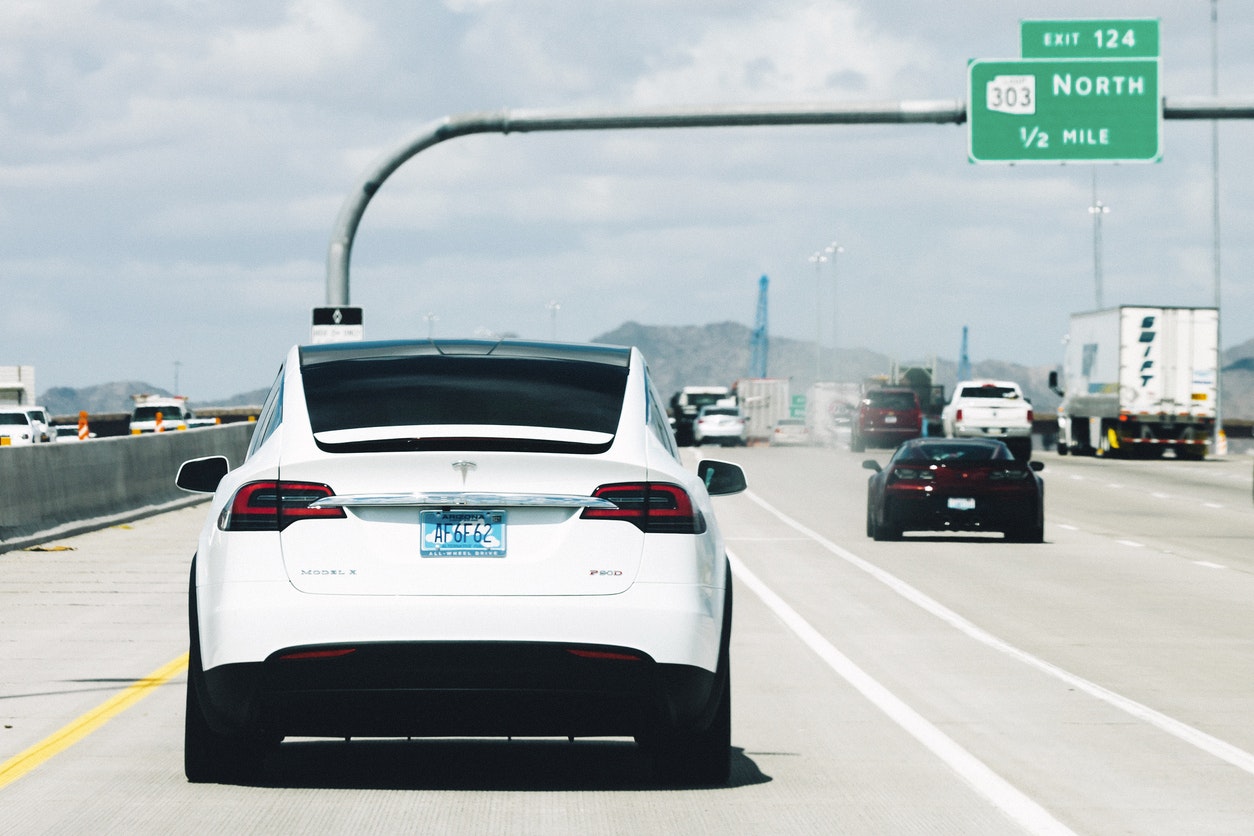The rise of technology in the insurance field: the case of black boxes

The automotive field is changing a lot and all the surrounding ecosystem has to keep the pace. This evolution is unstoppable. Here, Giacomo Lovati, AlfaEvolution Technology and Linear Assicurazioni CEO, part of Unipol group explores the black boxes and why they have propelled the insurance industry to new heights.
Technology is continuously evolving together with the amount of data generated by a vehicle. The creation of insurance rates has also significantly changed: in the past, standard information was sufficient, such as the model of the car, the age and the residence of the owner. Nowadays, thanks to black boxes fitted in vehicles (such as Unipol’s Unibox – there are currently four million of these devices in the market), it is possible to create not only more personalised profiles and offer but also new improved services.
The era of insurance only as “ATMs” to draw on to be compensated is over. Today, insurance companies must evolve from compensators to problem solvers. By 2027, all the means of transport sold will be connected and the companies will develop alliances with companies operating across different sectors adjacent to the RCA (Responsabilità civile per gli autoveicoli) insurance sector: from petrol pumps to primary needs, starting with health and nutrition.
Insurance companies must evolve from compensators to problem solvers.
Unipol is already able to create policies tailored to the customer who uses its application, based on how the vehicle is used and the driving style. Thanks to this information, it is also possible to adopt preventive policies: for example, to manage distraction in case of improper use of the smartphone by sending alerts to the driver.
The data aggregated by insurers can also be a valuable resource for the entire community. For instance, indicating the levels of danger of a journey, mapping the holes on the road and knowing those with the highest frequency of accidents. That data is a useful tool to enhance safety and improve mobility.
When it comes to safety, advanced driver assistance systems (ADAS) also play their role. Insurance companies have already begun to include ADAS in their fares, resulting in a positive impact on prices, as in the case of ABS and assisted braking: by increasing safety, insurance premiums fall. This solution will eventually be extended to numerous types of ADAS. From a technical point of view, to use a piece of data to create a specific tariff, it is necessary to have a consistent historical basis to be able to make a comparison.
In addition to increasing the connectivity available on board and between vehicles and infrastructure, insurance also boosts the forms of mobility. Car ownership becomes only one of these forms. Carsharing, for instance, is set to have a strong influence on the policy sector, as it naturally pushes towards a customisation of premiums based on the users. Today, however, there are still significant regulatory limitations in Italy: the policy is linked to the plate number and, therefore, to the vehicle. It is currently more complex to move the policy on to the individual, but this is one of the possible developments in the insurance sector.
The data aggregated by insurers can also be a valuable resource for the entire community.
This is the direction adopted by the Unipol group through Linear, a new product that may, partially at least, become middle ground between the personalised policy and the one linked to the car. This will be launching by the end of 2019. It is the offering that covers all the mobility tools of a user: from bike to car sharing and up to the use of public transport. Through the new insurance app, it will be possible to access various mobility services. For instance, the time spent using a bike, public transport or a shared car is accounted for as a lower insurance risk on the owned vehicle and converted into a “spendable” economic bonus on the renewal of the policy.
This article was originally published on FinTech Futures >>